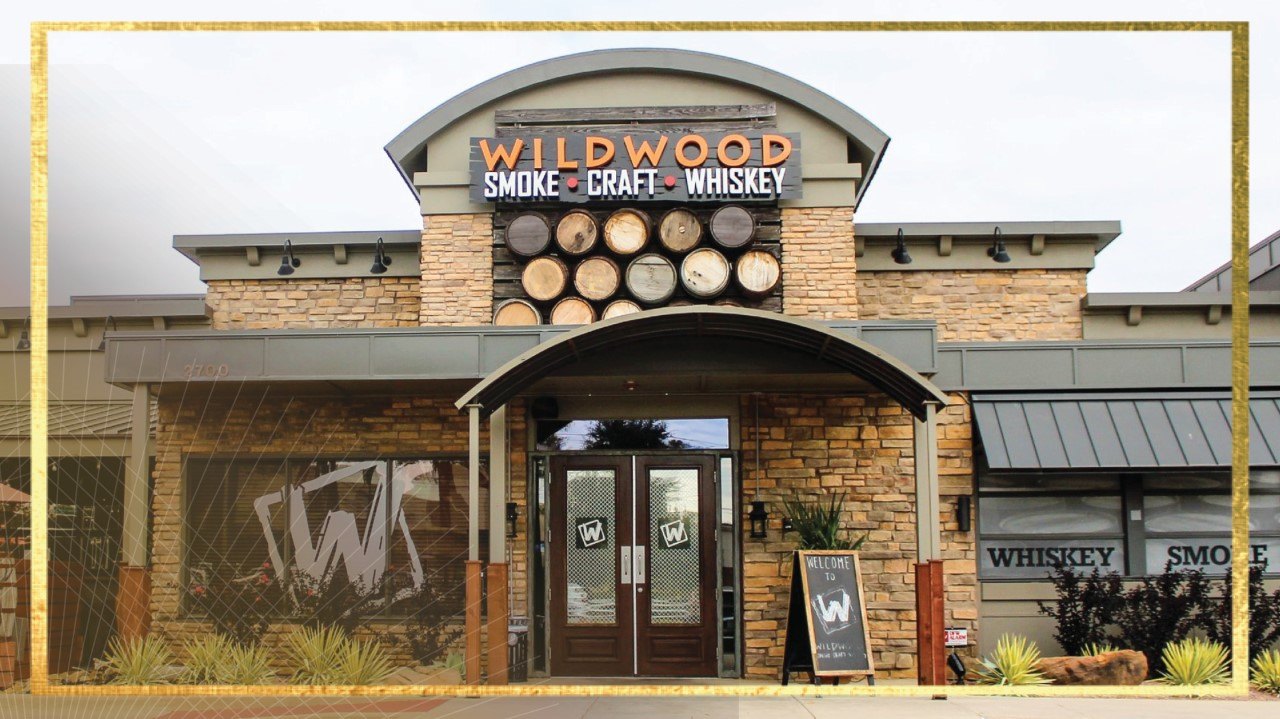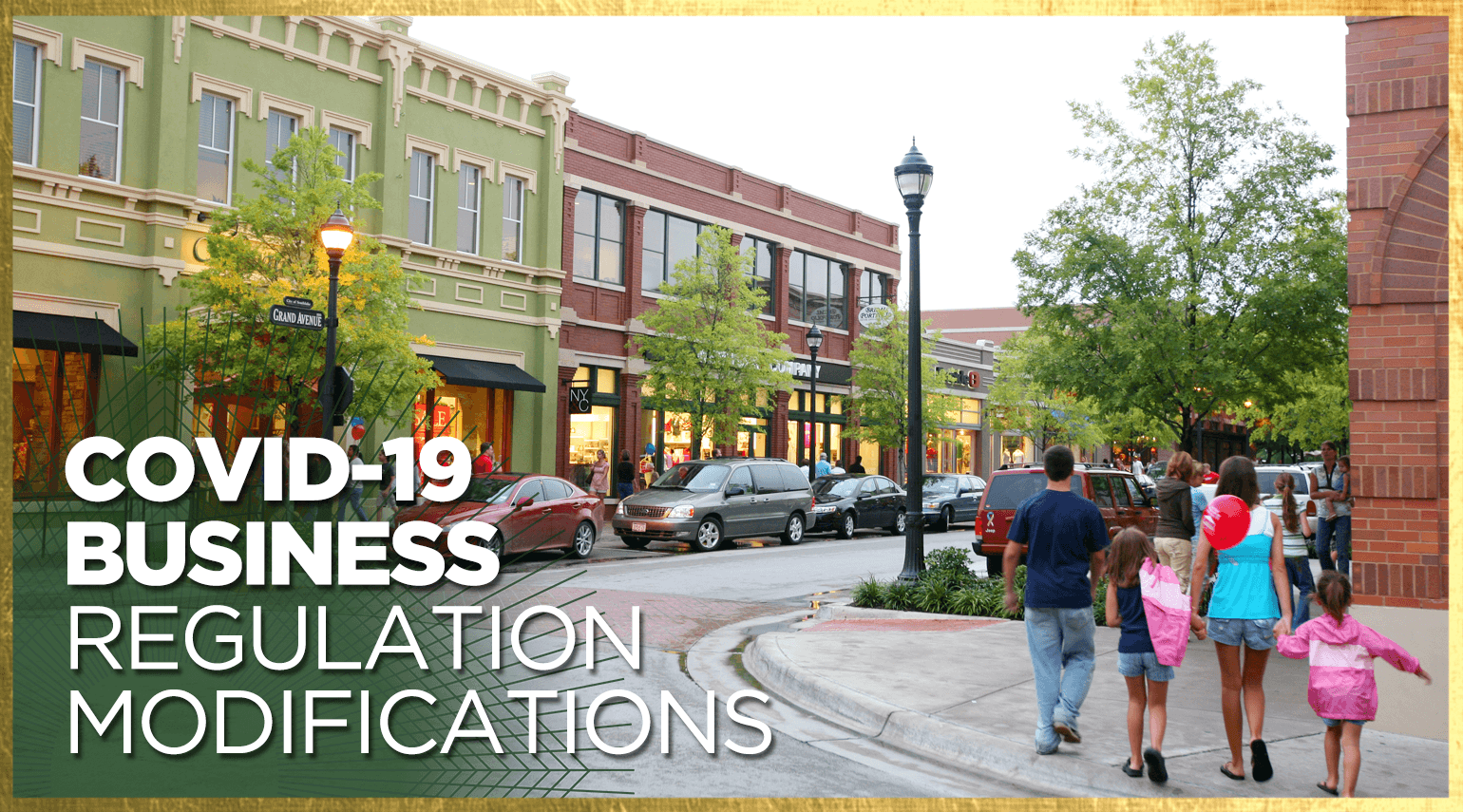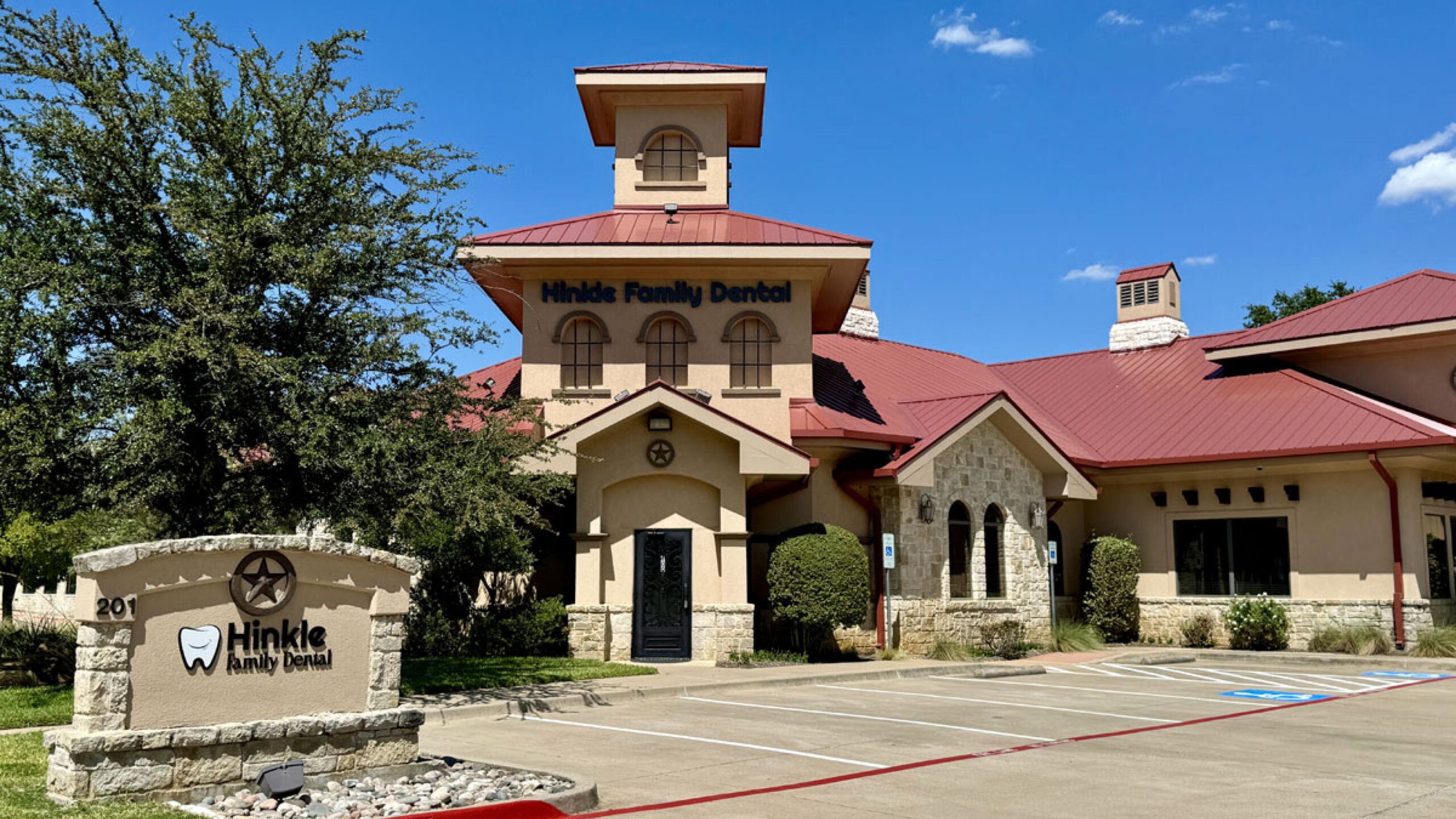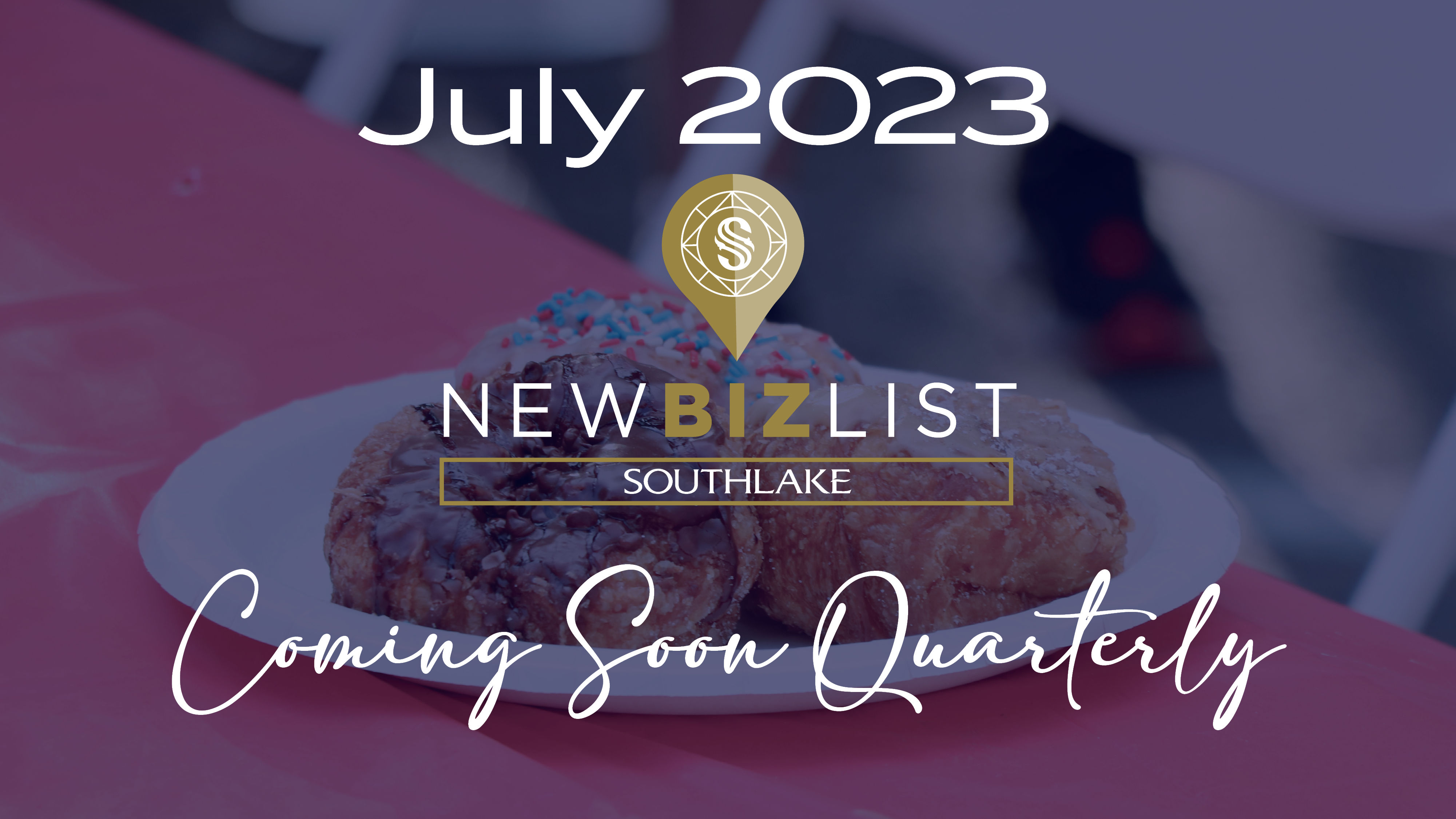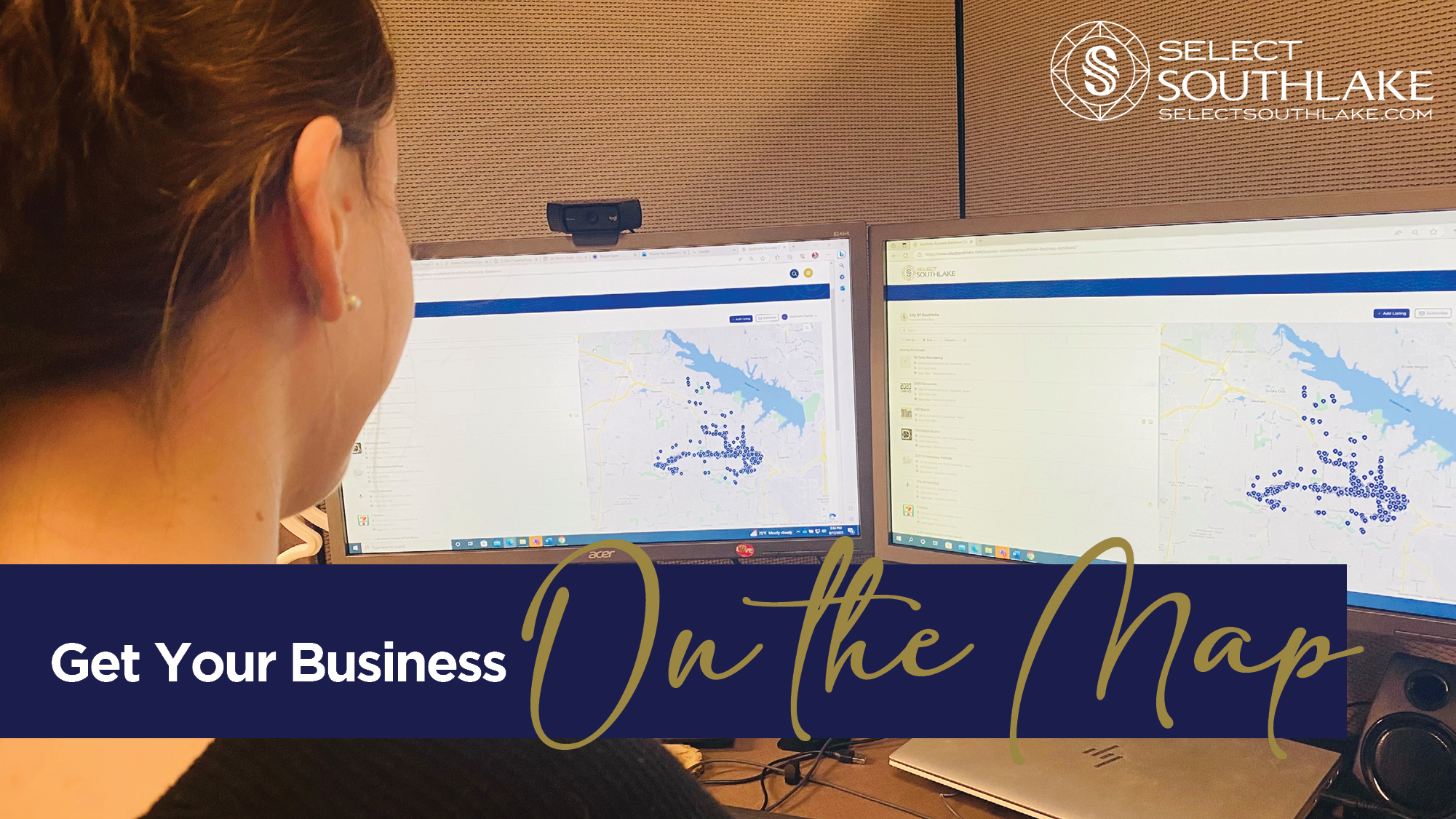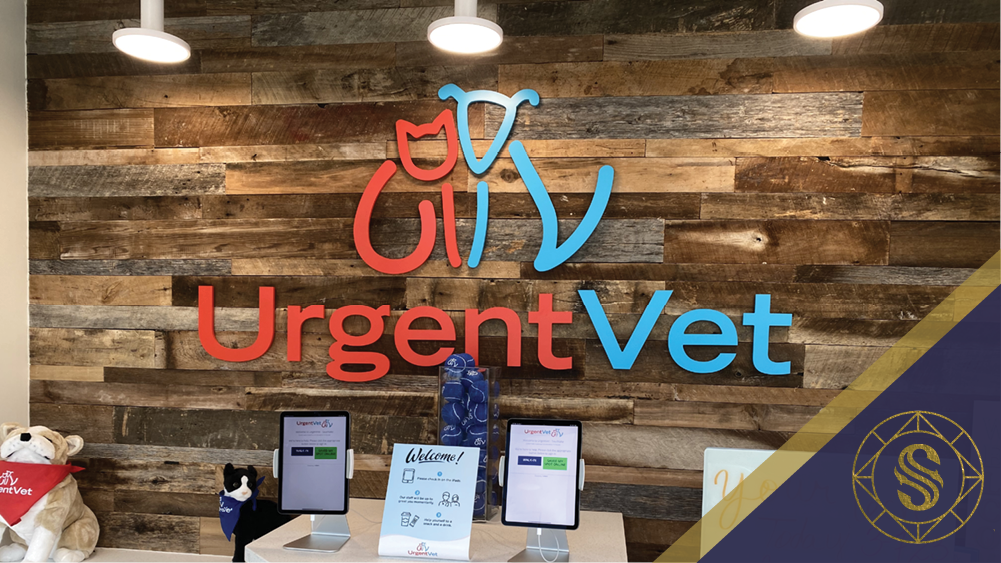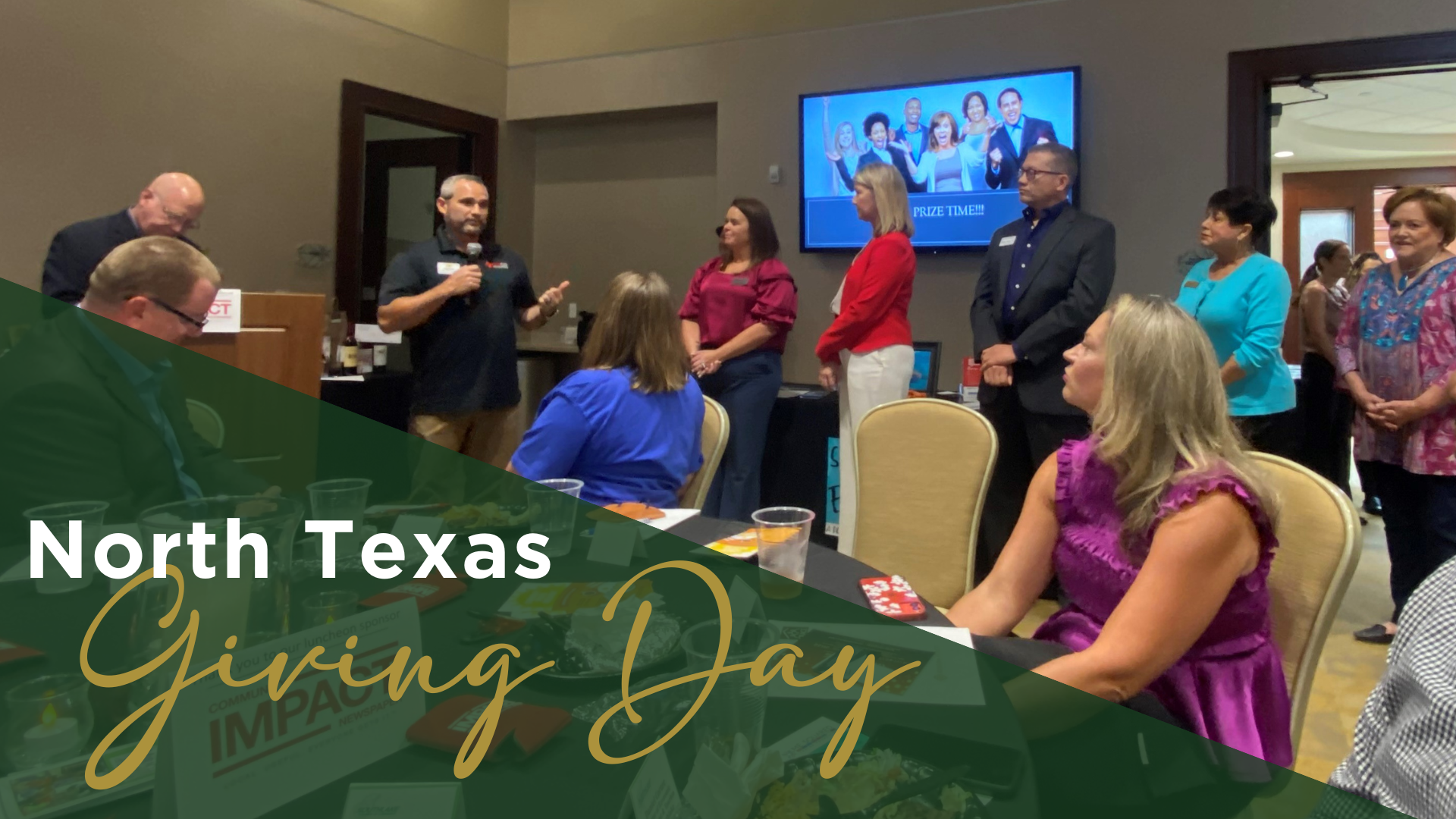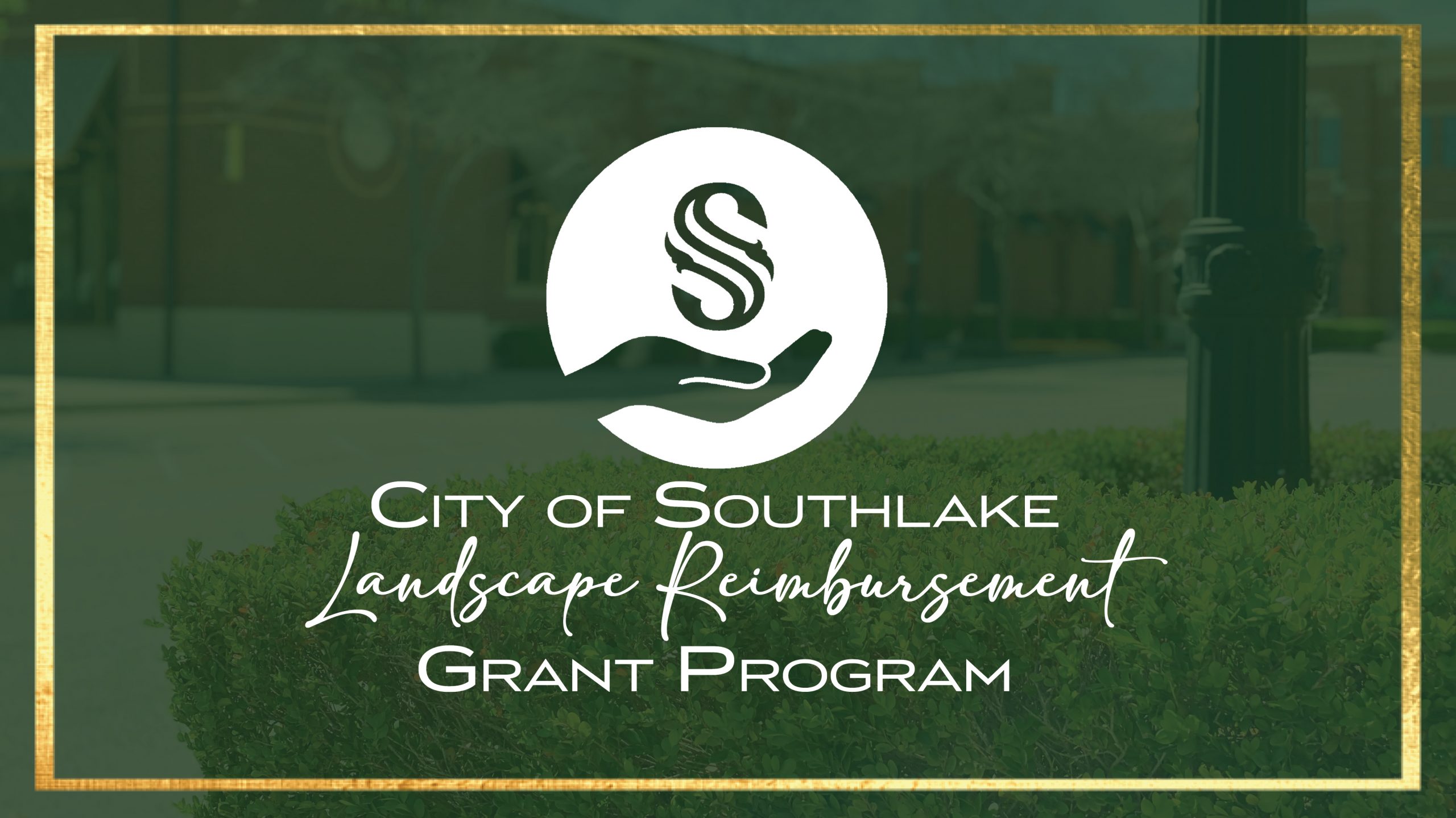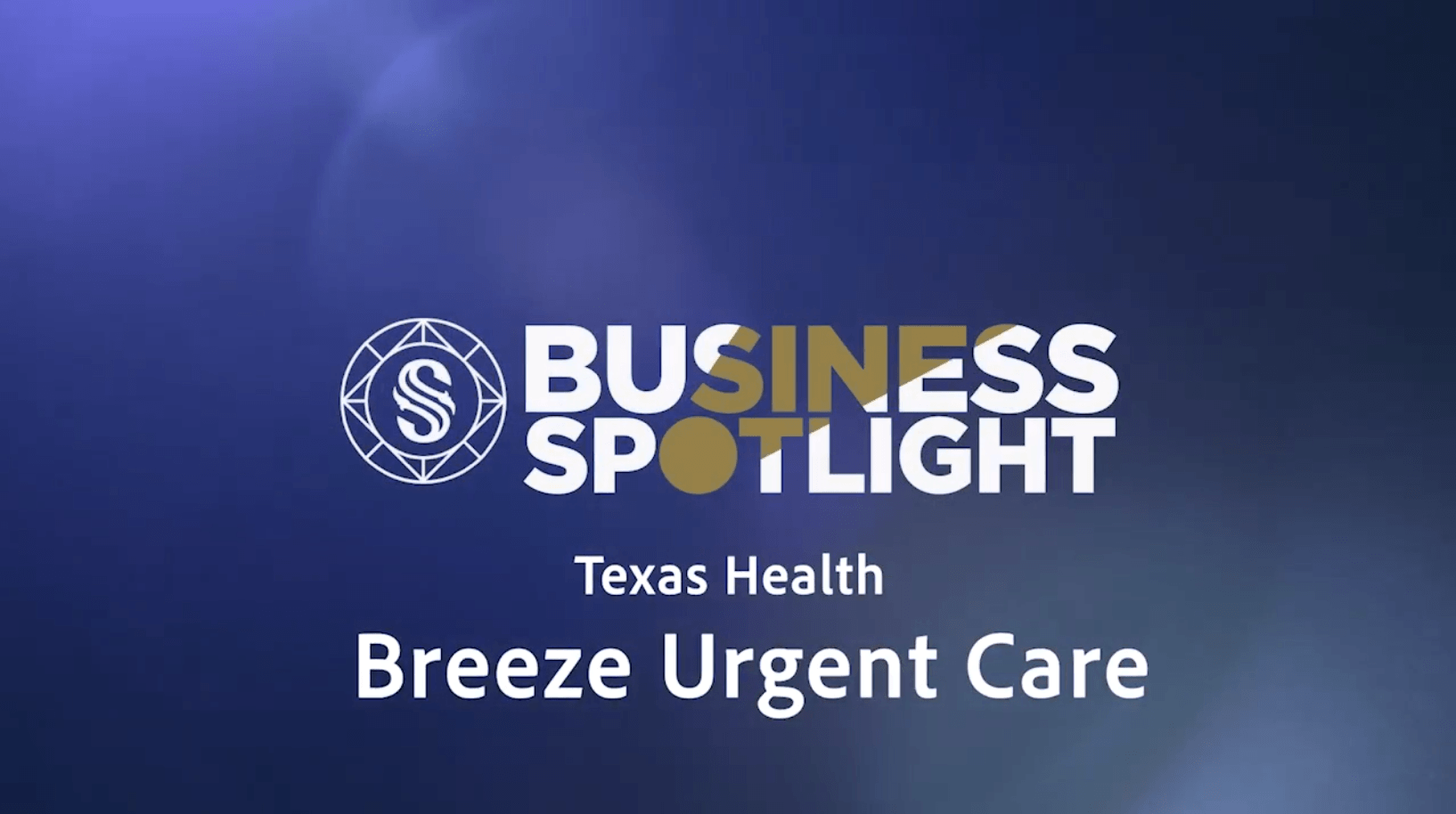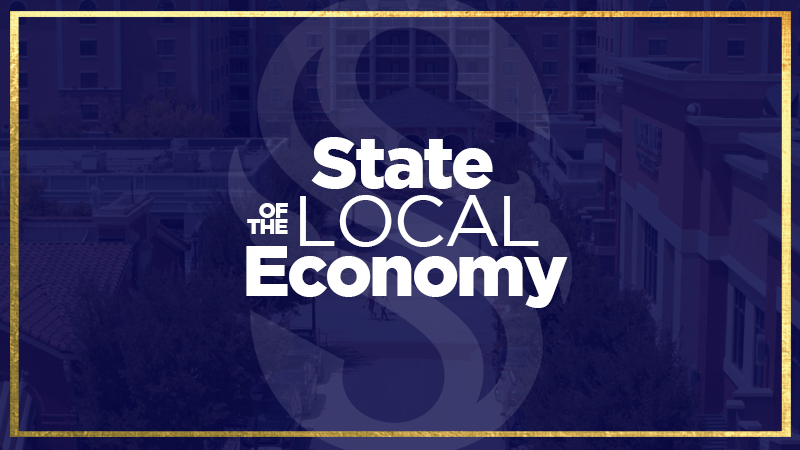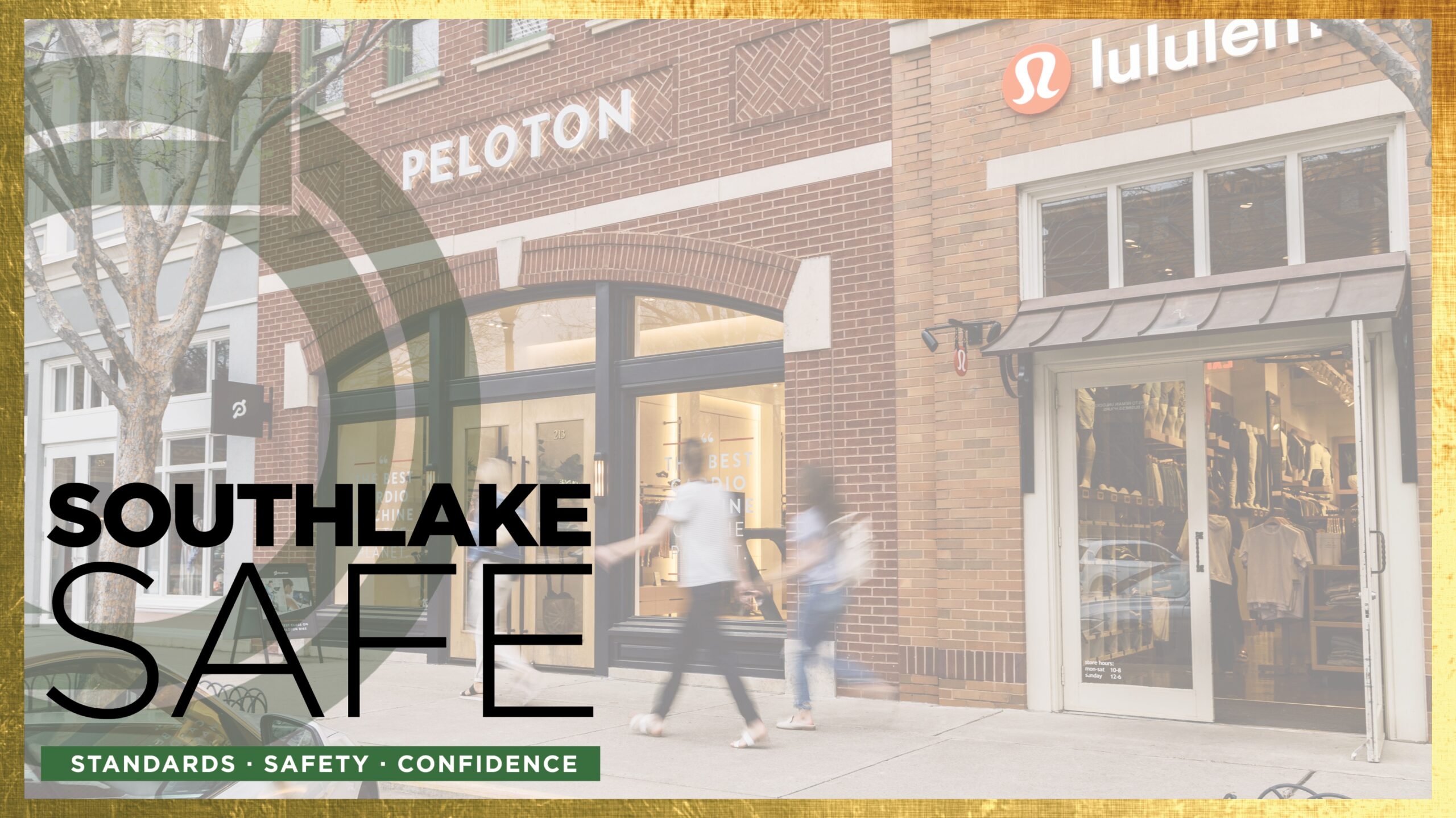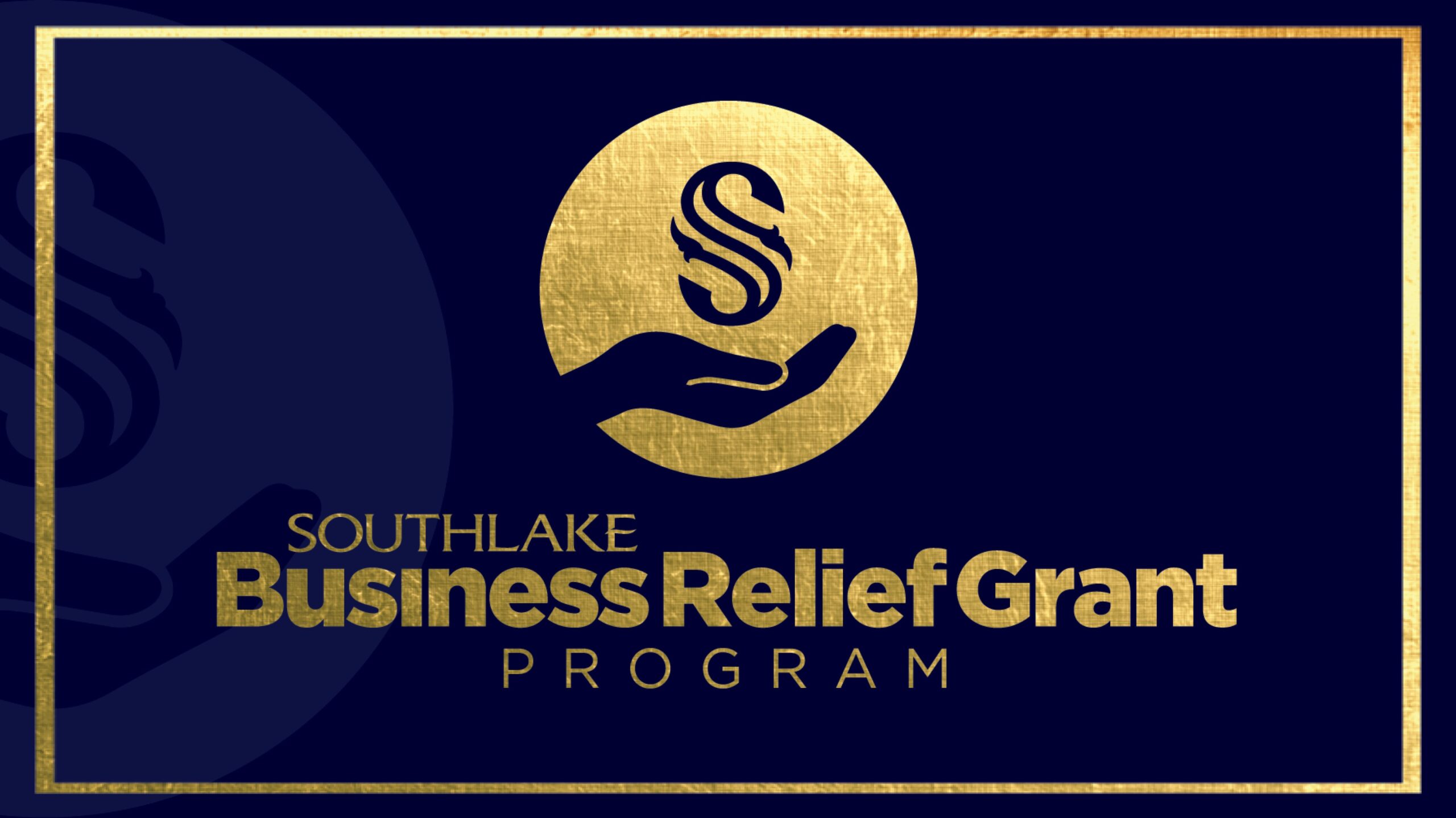It Takes a Community to Prepare for and Respond to Emergencies
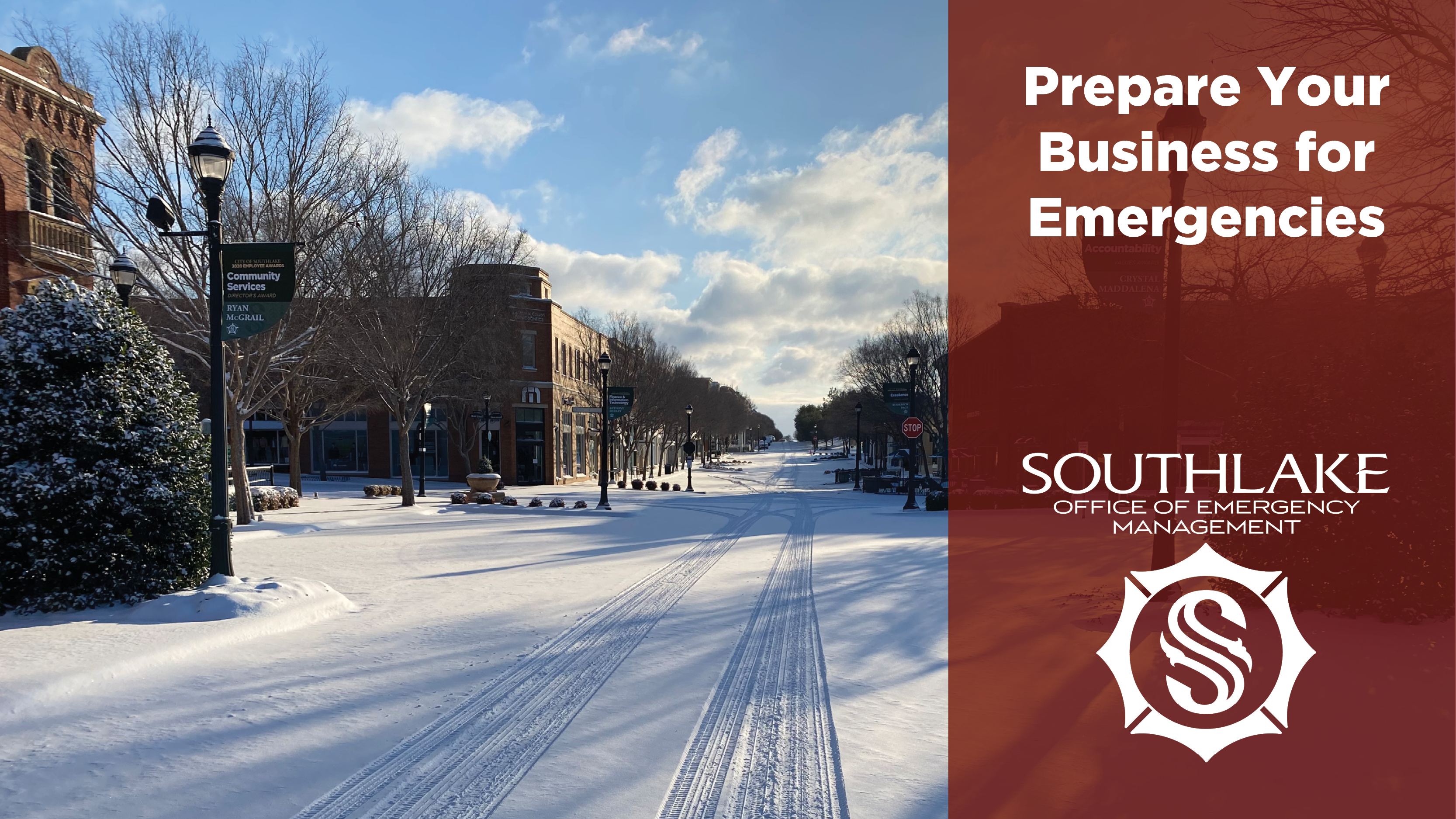
Emergency preparedness isn’t limited to government and residents. Businesses should be prepared for disaster situations as well. The whole community approach to emergency management pulls together the entire community to prepare for and respond to crisis situations.
Prepare.
By being prepared, businesses can respond quickly and even help the community in a time of need. After a disaster, statistics show that 25% of businesses will not open again. However, having an emergency plan in place will allow you to lessen the financial impact of the disaster and reopen your business quickly. The U.S. Small Business Administration is a good place to start when learning how you can prepare your business for emergencies.
Respond.
Businesses should have a Continuity of Operations Plan (COOP) in place to ensure that they are capable of conducting their essential functions and processes under all threats and conditions. A COOP may include identified risks and a step-by-step guide over how to respond to various emergency events. A business toolkit may also store emergency messages for websites and social media to keep your customers advised.
Learn how to create a business continuity of operations plan to keep your business running during a disaster or emergency and create a business emergency toolkit for emergency situations.
Recover.
Disasters take their toll on people and communities in big ways. Making sure you and loved ones are safe after a disaster is priority number one, but for business owners, making sure they are able to rebuild after a disaster is next in line.
Successful recovery steps include:
- Communicate with employees, customers and stakeholders.
- Contact your insurance company.
- Use your online presence to help the community.
- Check your backed-up data.
- Evaluate your business model.
- Plan ahead, this is time to update your existing emergency plan, with lessons learned.
- Know who to call, with large events FEMA and the U.S. Small Business Association may be able to help.
- Assess your vendors.
Together, the City of Southlake and its business partners can create a resilient Southlake.
The post It Takes a Community to Prepare for and Respond to Emergencies first appeared on MySouthlakeNews.

